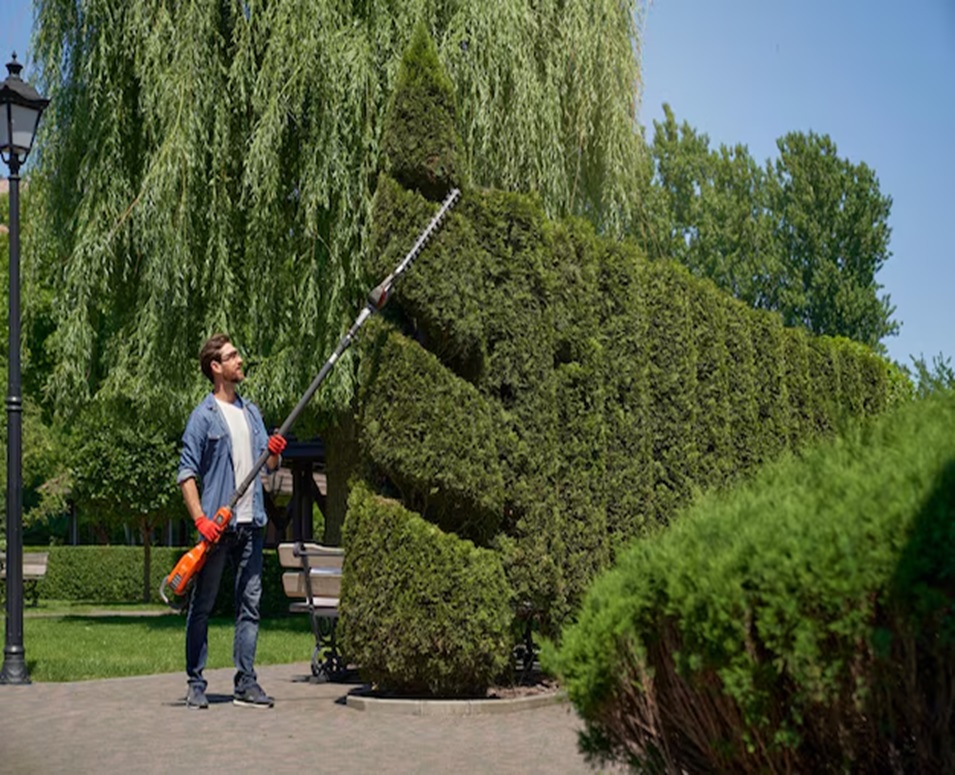
Preventing Tree-Related Hazards and Disasters: A Homeowner’s Guide
As a homeowner, the trees on your property can be a source of beauty, shade, and environmental benefits. However, they can also pose significant risks if not properly maintained. This guide will help you understand the importance of proactive tree care and provide practical tips to prevent tree-related hazards and disasters.
The Risks of Neglected Trees
Neglected or unhealthy trees can become a serious threat to your home and family. Falling branches, uprooted trees, and other tree-related incidents can cause property damage, personal injury, and even loss of life. Recognizing the warning signs and taking action is crucial to mitigating these risks.
Importance of Regular Residential Tree Trimming
Regular residential tree trimming is essential for maintaining the health and safety of your trees. Proper pruning not only enhances the aesthetic appeal of your landscape but also helps to remove dead or damaged limbs, reducing the risk of falling branches.
Identifying Potential Hazards
Regularly inspecting your trees for signs of disease, damage, or structural instability is the first step in preventing tree-related hazards. Look for cracks, cavities, or excessive leaning, as these can be indicators of potential problems.
Assessing Tree Health
Paying attention to the overall health of your trees is crucial. Look for signs of disease, such as discolored leaves, fungal growth, or insect infestations, and address them promptly to prevent further deterioration.
Recognizing Structural Weaknesses
Trees with structural weaknesses, such as co-dominant stems or poor branch attachment, are more prone to failure during severe weather events. Identifying these issues and addressing them through residential tree trimming or other measures can help mitigate the risks.
Proactive Tree Removal
In some cases, tree removal may be the best course of action to prevent potential disasters. Severely damaged, diseased, or unstable trees should be removed to protect your property and loved ones.
Identifying Hazardous Trees
Carefully evaluate your trees to determine if they pose an immediate threat. Signs of a hazardous tree include significant lean, large dead or broken branches, and advanced decay or disease.
Hiring Professional Tree Removal Services
When it comes to tree removal, it’s essential to hire experienced and licensed professionals. They have the necessary equipment, expertise, and safety protocols to ensure the process is carried out efficiently and safely.
Preparing for Severe Weather Events
Extreme weather conditions, such as high winds, heavy snowfall, or ice storms, can significantly increase the risk of tree-related disasters. Proactive measures can help you minimize the impact on your property.
Developing an Emergency Plan
Having a plan in place for severe weather events can help you respond quickly and effectively. This may include identifying potential hazard trees, securing loose objects, and knowing how to safely evacuate in the event of an emergency.
Conclusion
Maintaining the health and safety of the trees on your property is a crucial responsibility for every homeowner. By understanding the risks, implementing regular residential tree trimming, and being proactive about tree removal when necessary, you can protect your home, your family, and your community from the devastating consequences of tree-related hazards and disasters. Remember, a little prevention goes a long way in ensuring the long-term well-being of your property and the surrounding environment.
